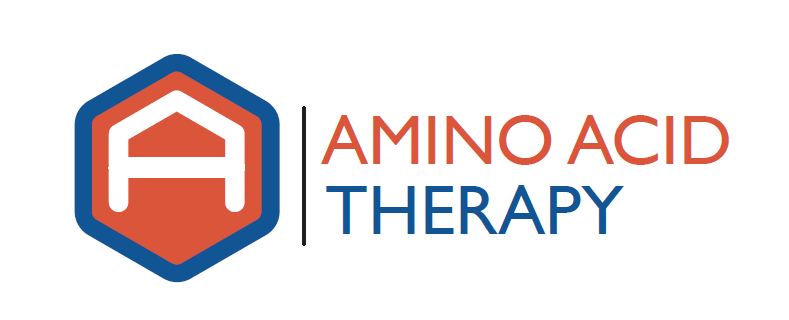 I receive questions every week regarding neurotransmitter testing in regards to the use and clinical validity of the results. There is a lot of confusion out there about the use of testing neurotransmitters and/or neurotransmitter metabolites in the urine when trying to optimize neurotransmitter status. Rather than rehashing information that is already out there, I direct you to the following pages to learn more: Neurotransmitter Testing and OCT Assay Interpretation.
I receive questions every week regarding neurotransmitter testing in regards to the use and clinical validity of the results. There is a lot of confusion out there about the use of testing neurotransmitters and/or neurotransmitter metabolites in the urine when trying to optimize neurotransmitter status. Rather than rehashing information that is already out there, I direct you to the following pages to learn more: Neurotransmitter Testing and OCT Assay Interpretation.
The question to ask really isn’t “are neurotransmitter tests accurate?” Most of them are accurate in that they measure what they say they are measuring. The real question is “does the data I am collecting provide clinically useful information?” Test data is only clinically useful if it gets us closer to an established goal (i.e., if it helps us figure things out). Just because we can measure something doesn’t mean that we should; it also doesn’t mean that it will provide us data that we can act on.
Such is the case with most ‘neurotransmitter tests’. Measuring neurotransmitters and/or there metabolites in the urine does not provide any useful clinical data (without proper preparation) because neurotransmitter excretion in the urine is highly variable throughout the day and day-to-day. Said differently, if you are not taking a known dose of amino acids at roughly the same times every day, the results of an assay/measurement of urinary neurotransmitters will vary; it will, in fact, be random – which provides no useful information from a clinical standpoint. We have run such ‘baseline’ testing (i.e., before initiating an amino acid protocol) and found urinary levels of serotonin, dopamine, epinephrine and norepinephrine levels to vary widely day-to-day for a given person. This isn’t useful.
On the other hand, if someone is taking a known dose of amino acid precursors for a sufficient length of time and they conduct a specific urinary test called an Organic Cation Transporter (OCT) Assay Interpretation, (often called a ‘Neurotransmitter test’), we can get information that we can use to guide our recommendations to help a person optimize their neurotransmitter function. To learn more about why this is true, please visit OCT Assay Interpretation.
Done under the correct conditions, ‘neurotransmitter testing’ (when referring to an OCT Assay Interpretation) can be incredibly useful in the hands of a trained health care professional to help a person optimize their neurotransmitter function and eliminate symptoms of neurotransmitter imbalance.

